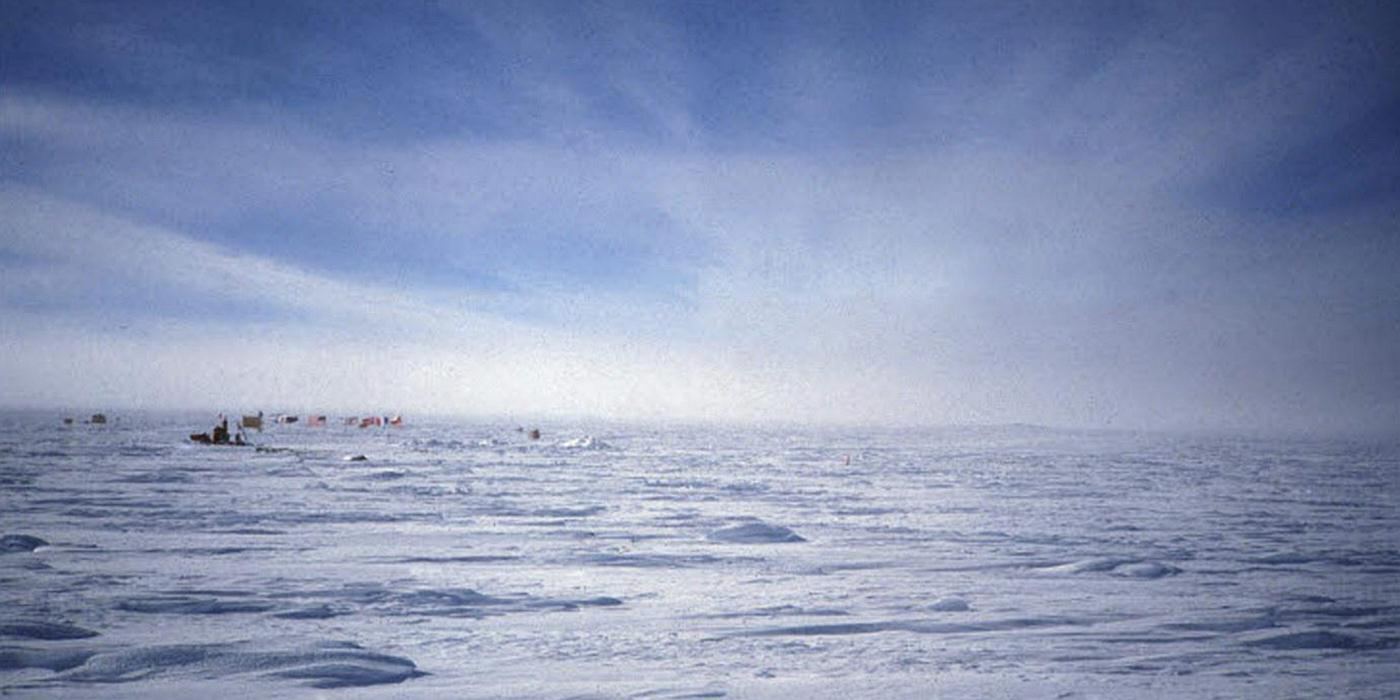This article is an excerpt from Chapter three in my new book The Chicken Little Agenda – Debunking Experts’ Lies. You can find out more about the book here, and can order the book from this link. This is the first of seven parts for Chapter three that will be presented here sequentially.
Chapter 3
The Sun and the Atom: The Only Sources of Electricity
Only two sources of electricity are available to humans at this stage of our development: solar and atomic.
All Things Solar
When we burn anything to generate electricity, we release solar energy stored as biomass in coal, oil, gas, wood, or even municipal garbage. Dig back to what you learned about chlorophyll in high-school biology or botany or in a general science class you attended somewhere in your past. Unless you pursued a professional career in this area, you probably don’t remember a lot about this subject, but you probably do remember that chlorophyll allows a plant to use sunlight. Through photosynthesis, chlorophyll allows plants to capture some of the energy contained in sunlight and to use this energy, combined with water and carbon dioxide, to create sugar and oxygen.
This is the mechanism that generates the oxygen we breathe, although more than half our oxygen comes from single-cell plants floating in the oceans – called phytoplankton. Plant cells then use some of this oxygen and the sugar to generate ATP – adenosine triphosphate – which is the energy coin of the cell, one of the common ways living things store energy. Interestingly, one of the byproducts of this process is carbon dioxide. So when plants take in sunlight, they give off oxygen, and then as they use the energy, they give off carbon dioxide. (When former president Ronald Reagan made his oft-derided remark about redwoods polluting the atmosphere, therefore, he was right.) As plants use their stored energy, they grow, creating cellulose in its many forms. In effect, the energy that originally came from the sun eventually ends up stored in the chemical structure of cellulose and the rest of the plant matter – collectively called biomass.
Biomass can end up almost anywhere. Cover a concentrated amount of biomass with sediment, subject it to great pressure for a long time, and you end up with coal, or perhaps oil. Under certain circumstances either of these can produce natural gas. Coal, oil, and natural gas represent concentrated forms of biomass. When we burn these, the energy we release is the same energy captured from sunlight many eons ago. When we burn wood, we release solar energy captured recently, perhaps even yesterday. When we burn anything else, no matter what it is, it eventually reduces to some form of biomass that got its original shot of energy from the sun. In other words, all of it still is solar energy, at least indirectly.
The sun deposits a great deal of its earthbound energy on the oceans. Much of this energy is reflected off the oceans’ surface back to space. Some of the incoming energy is absorbed into the oceans’ surface, and some of the reflected energy is absorbed by the atmosphere. We looked at this phenomenon earlier during our discussion of greenhouse gases and how carbon dioxide and water vapor in the atmosphere increase the amount of reflected energy the atmosphere retains. In that discussion we learned how the net effect of this process is increased levels of water vapor in the atmosphere, and ultimately an increase in the cloud layer. Here we will concentrate on the dynamics of the process itself.
(Part 2 of 7 follows)
© 2006 – Robert G. Williscroft





Sorry, comments are closed for this post.